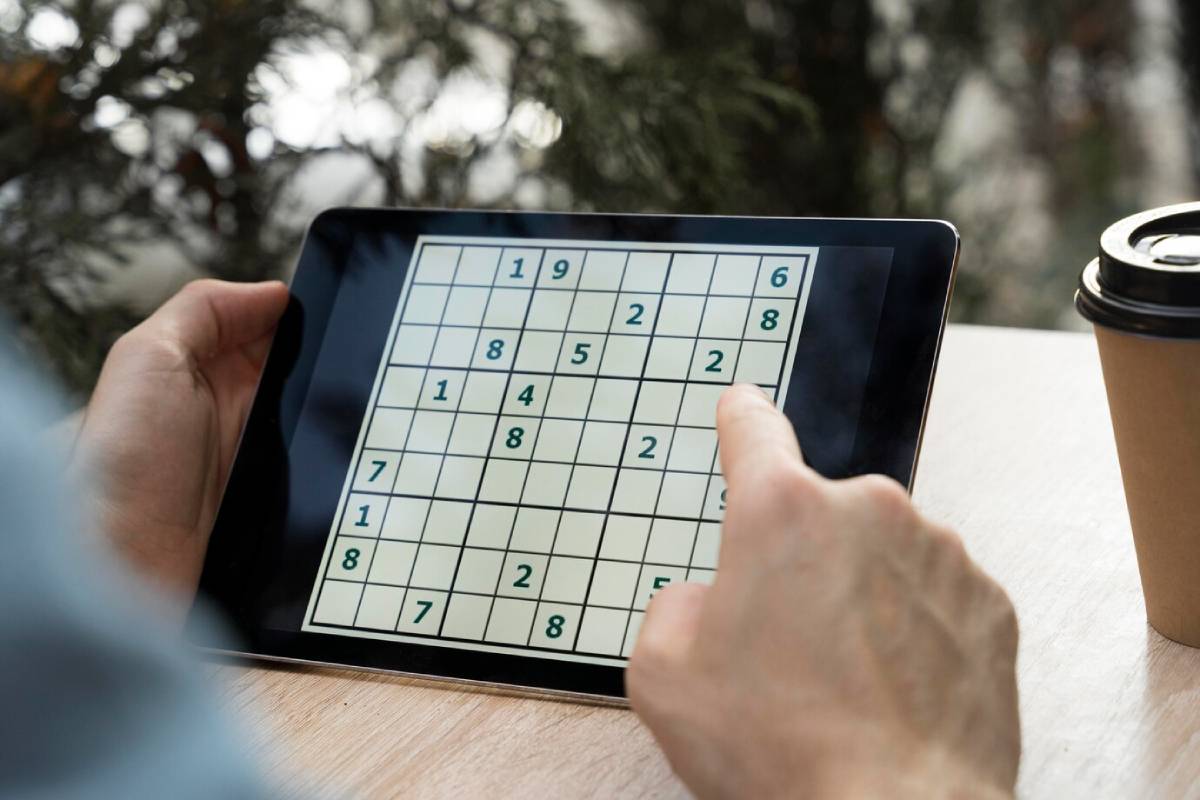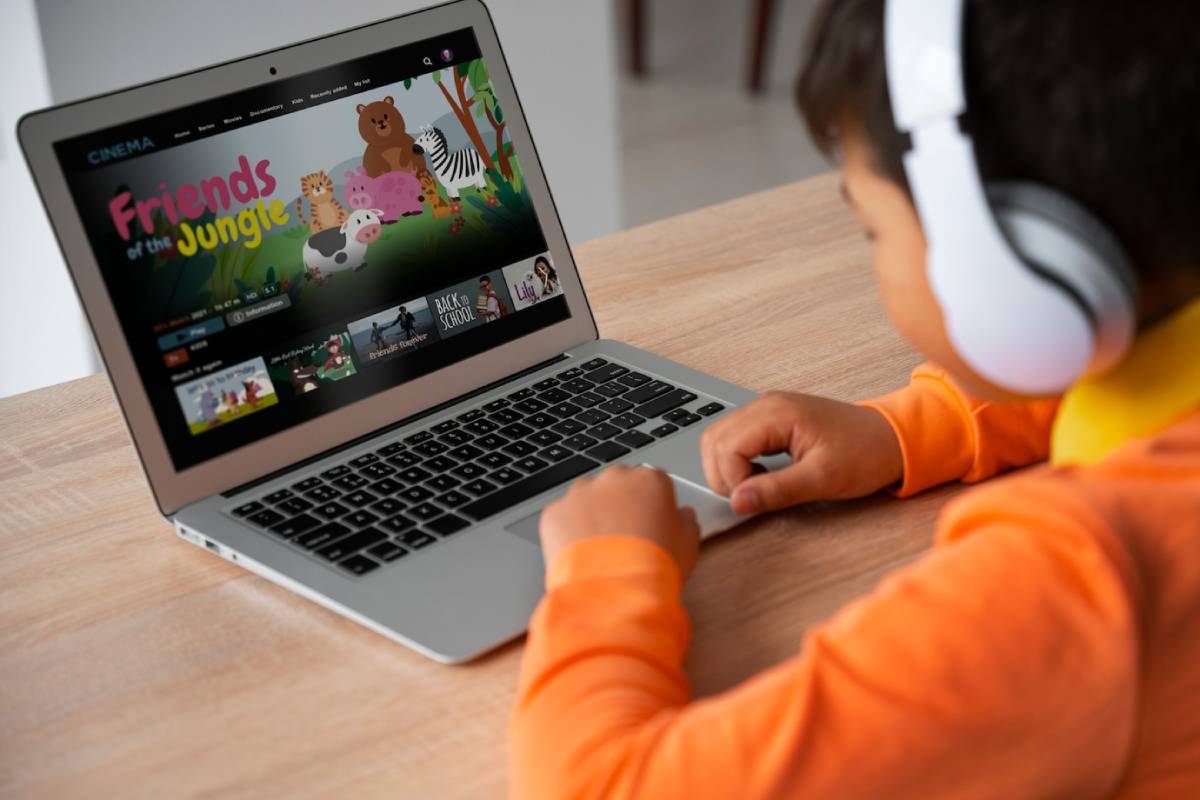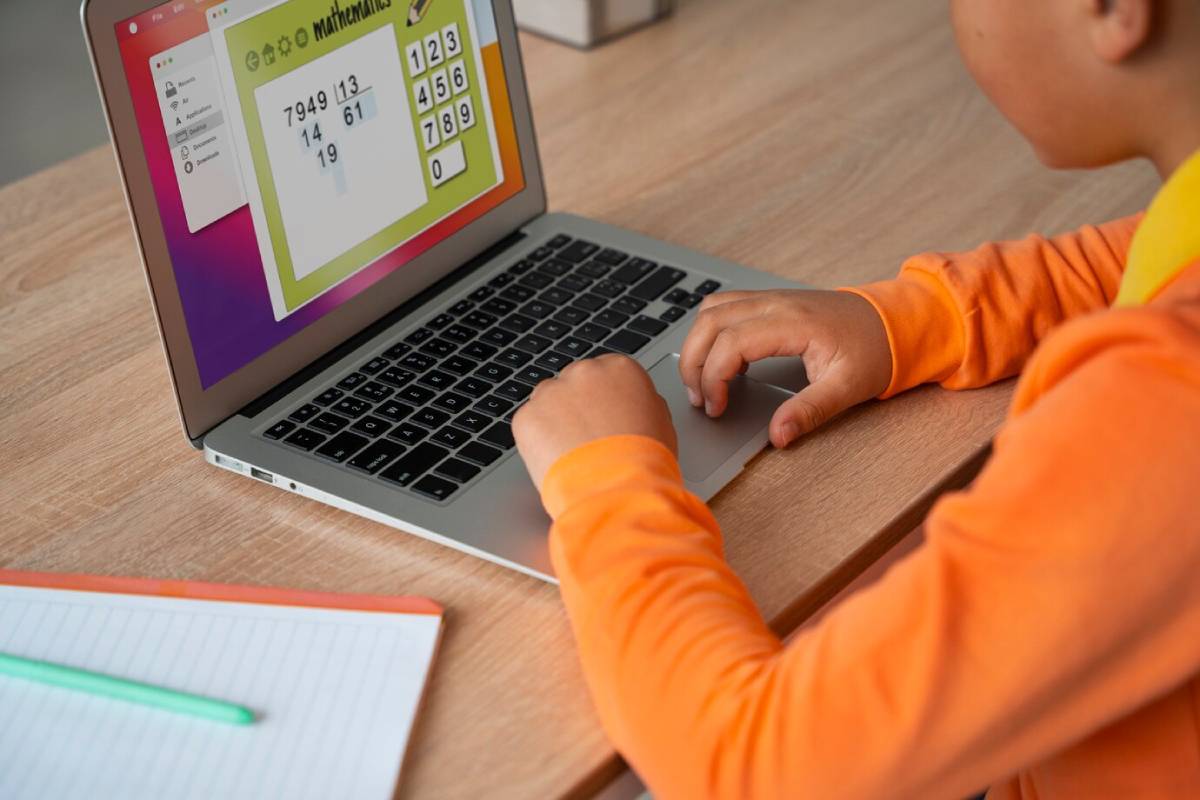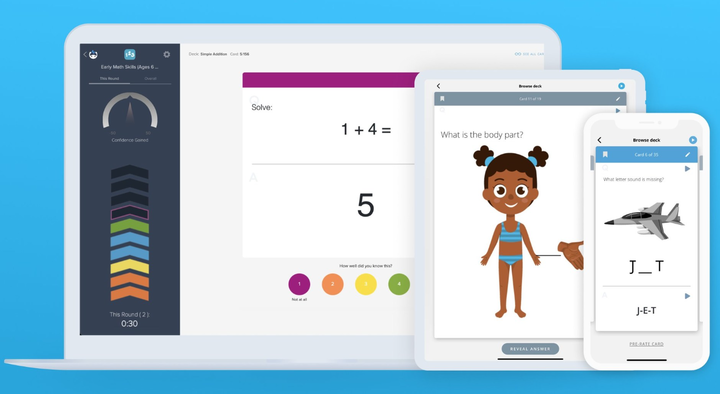
Creating Your Own Gamified Study Routine
Make Studying Fun and Effective
Studying doesn’t have to feel like a chore. If you’ve ever struggled with focus, motivation, or sticking to a learning schedule, you’re not alone. Many learners face these same challenges. That’s where gamified study routines can help.
Gamification uses game-like elements—points, levels, rewards, and challenges—to make tasks more engaging. By adding these techniques to your study habits, you can turn boring sessions into enjoyable and productive ones. This guide will show you how to build your own personalised learning plan using DIY learning games and practical gamified study tips.
Why It Matters: The Case for Gamification in Study Routines
Tackling Motivation Gaps
Traditional study methods often lack excitement. Reading notes or watching lectures can feel repetitive. Over time, it becomes harder to stay interested. Adding game elements like tracking progress, earning rewards, and reaching new levels provides a sense of achievement and progress.
Building Better Habits
Studying regularly is key to success. Gamifying your routine helps you create habits that stick. When you look forward to each session because there’s a game-like goal to reach, consistency becomes easier to maintain.
Adapting to Your Learning Style
One size doesn’t fit all when it comes to learning. A gamified routine lets you personalise your approach. You decide the pace, challenges, and rewards, making the study experience more enjoyable and better suited to how you learn best.
Key Benefits of a Gamified Study Routine
1. Boosted Engagement
Gamified study systems grab your attention. Whether you’re unlocking achievements or racing a timer, these activities create a sense of excitement. It feels less like studying and more like completing a fun task.
2. Improved Focus
When your study tasks have built-in goals, you’re more likely to stay focused. Time-based challenges, such as setting a 25-minute timer (like in the Pomodoro Technique), help keep distractions away and improve concentration.
3. Enhanced Memory Retention
Game-based methods often involve repetition, active recall, and quizzes. These strategies help strengthen your memory. The more interactive your learning process, the more likely you are to remember what you’ve learned.
4. Increased Motivation and Satisfaction
Reaching a new level or unlocking a badge feels rewarding. This satisfaction motivates you to return for the next session, building momentum and making progress feel meaningful.
How to Create Your Own Gamified Study Routine
Step 1: Set Clear Goals
Start by deciding what you want to achieve. Break your goals into smaller, trackable steps. For example, if you’re studying for an exam, set weekly goals like “complete two chapters” or “review 30 new terms.”
Step 2: Design Challenges and Rewards

Create mini-challenges to keep yourself engaged. For example:
- Complete a set of flashcards in under five minutes.
- Score 90% on a practice quiz.
- Study for three consecutive days without skipping.
Pair each challenge with a reward. These can be simple:
- Watch your favourite show.
- Enjoy a treat.
- Take a break and go for a walk.
Step 3: Build Your Own Points System
Use a points system to track your progress:
- +10 points for each completed topic
- +5 points for every 30-minute session
- Bonus points for sticking to your schedule for a week
Keep a leaderboard—even if it’s just you. Watching your points grow helps you stay accountable.
Step 4: Use DIY Learning Games
Here are a few simple DIY game ideas:
- Flashcard Race: Use digital flashcards and try to answer as many as you can in a timed session.
- Study Bingo: Create a bingo card with tasks like “Read 10 pages,” “Watch a tutorial,” or “Review notes.” Try to complete a row or full card in a week.
- Memory Match: Pair questions and answers and flip them like a memory game.
Step 5: Use Gamified Tools to Support Your Routine
While you can create many activities yourself, some apps can support your efforts:
- Habitica: Turn your study tasks into a role-playing game.
- Forest: Grow trees as you stay focused.
- Anki: A spaced repetition flashcard tool that rewards consistency.
Expert Tips and Common Mistakes to Avoid
Tips for Making It Work Long-Term
- Start Simple: Don’t overcomplicate your system. Begin with one or two game elements and build as you go.
- Track Progress Visibly: Use a whiteboard, planner, or digital tracker. Visual progress boosts motivation.
- Stay Flexible: Life happens. Adjust your routine when needed without feeling discouraged.
- Celebrate Wins: Recognise even small successes. This keeps your energy up and your outlook positive.
Mistakes to Avoid
- Overloading with Too Many Rules: If the system is too complex, it becomes a burden. Keep your gamified routine light and fun.
- Neglecting Review Sessions: Don’t skip revisiting previous topics. Include regular review challenges in your system.
- Chasing Rewards, Not Results: Rewards are helpful, but focus on mastering the content, not just collecting points.
- Burning Out Too Quickly: Avoid long, intense sessions just for more points. Balance your study time and take breaks.
Advanced Insights and Expert Recommendations
Personalise Your Learning Experience
Everyone has different learning preferences. Gamified routines allow you to personalise every aspect:
- Visual learners can use charts and visual trackers.
- Auditory learners can create audio-based quizzes or story challenges.
- Kinesthetic learners can try physical flashcards or movement-based challenges.
The key is to align the routine with your style and interests.
Use Gamification with Other Techniques
Combine gamification with other study strategies for even better results:
- Pomodoro Technique: Use timers with point systems.
- Spaced Repetition: Gamify your flashcard reviews.
- Mind Mapping: Turn mind maps into puzzles or challenges.
Involve Friends for Accountability
Studying with friends? Make it a game. Share your scores, compete in mini-challenges, or reward each other for completing goals. This adds a social and competitive edge to your learning experience.
Conclusion: Level Up Your Learning with Gamified Routines

Creating your own gamified study routine is one of the best ways to make learning more enjoyable, engaging, and effective. By adding simple game elements like points, challenges, and rewards, you can stay motivated and improve your focus, memory, and consistency.
Whether you’re preparing for exams, learning a new skill, or just trying to study more regularly, gamified study tips and DIY learning games offer a flexible and fun approach. The beauty of this method is that it’s entirely yours—you get to shape a routine that fits your life and learning style.
Try it out, track your progress, and don’t forget to enjoy the journey.


